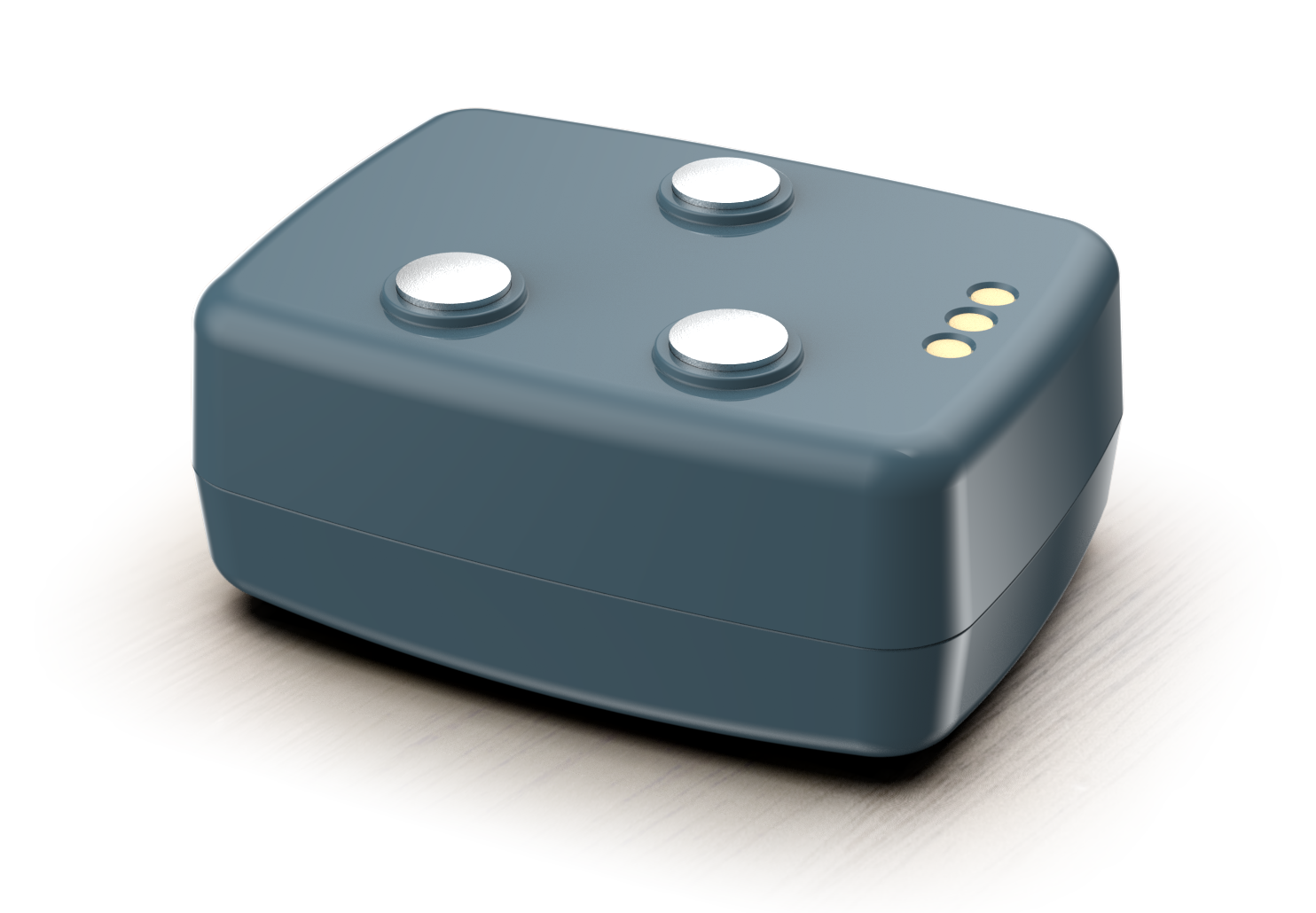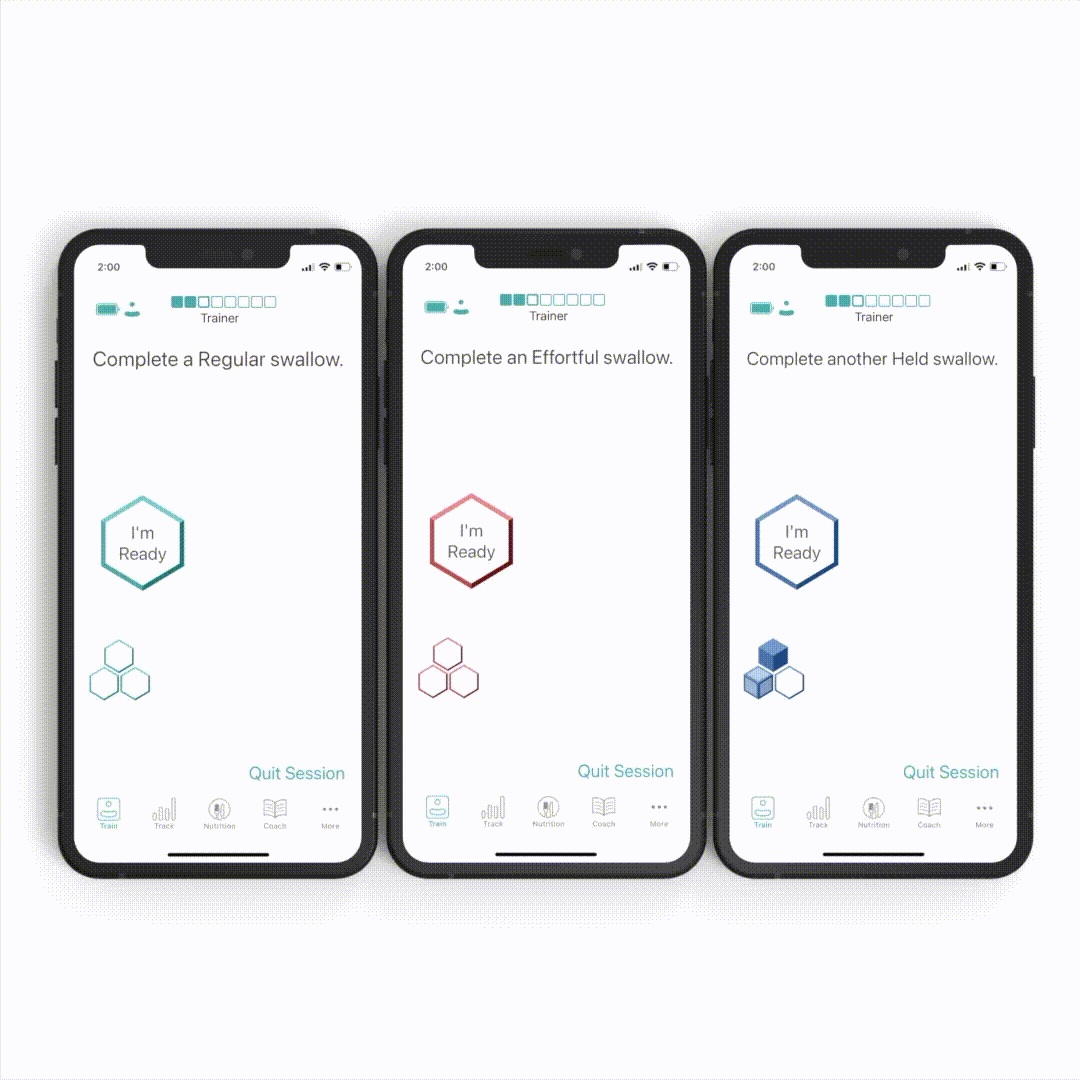sEMG Biofeedback

You may have heard the term “biofeedback” used before. Biofeedback is the use of technology to increase awareness of physiological processes that we can’t typically see by providing real-time, precise representations of the activity (Chen et al., 2006). There are many types of biofeedback sensors out there including accelerometers (in your phone), manometers, sound level meters, and yes – sEMG sensors.
sEMG is an established technology
sEMG stands for surface (s) electro (E) myo (M) graphy (G). It is a visual representation of muscle activity. This muscle excitation is captured by small sensors (the size of small buttons) that stick on the surface of the skin using adhesive. Most clinicians, and by extension most patients with dysphagia, do not have access to this type of technology.
sEMG biofeedback is an established technology. The first electrographs were seen in the 1940s, and the first clinical use of this technology dates back to the 1960s. In our field, the first use of sEMG documented in a peer-reviewed article was in 1976. Since then, many articles have investigated the use of sEMG during swallows, and as an adjunct to dysphagia exercise. The verdict?
Combining dysphagia exercise with sEMG biofeedback results in better outcomes than simply using conventional exercise alone.

sEMG is safe and easy to use.
This is a completely non-invasive technology. sEMG sensors are placed right on the skin, like stickers. This feels like a piece of tape. The Mobili-T device does not do anything to you. You won’t feel anything from the system except that it is touching your skin.
Additional reading and resources
For S-LPs
NFOSD article by Dr. Constantinescu: Swallowing Exercises with Biofeedback
sEMG biofeedback, when used as an adjunct to dysphagia exercise, has been shown in several studies to result in improved swallowing outcomes when compared to dysphagia exercise alone (systematic review: Albuquerque 2019).
sEMG biofeedback can enhance performance with certain dysphagia exercises and patients find using biofeedback more favourable & helpful (Archer 2021).
The Effortful swallow exercise can result in increased pressures in the oral and pharyngeal regions (Bahia, 2020).
All included exercises incorporate principles of neuroplasticity (Robbins, 2008).
The rationale behind the template exercise program included in the Mobili-T app is described in one of our latest publications (Constantinescu, 2021).
Adherence to home-based dysphagia exercise over a 6 week period remained high, from an average of 84% of all recommended reps being completed in Week 1 to 72% in Week 6 (Constantinescu, 2021).
For patients
What does it mean to see my swallow?
https://www.trueanglemedical.com/see-my-swallow/
Rehabilitation exercises – why are they important:
https://www.trueanglemedical.com/rehabilitation-exercises-for-swallowing-disorders-and-dysphagia/
